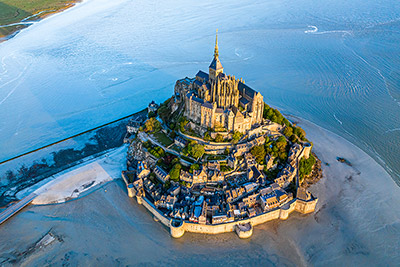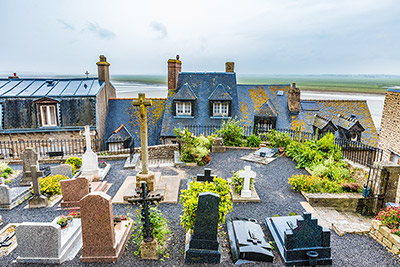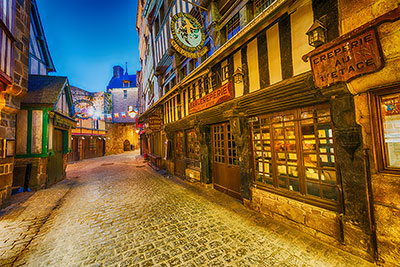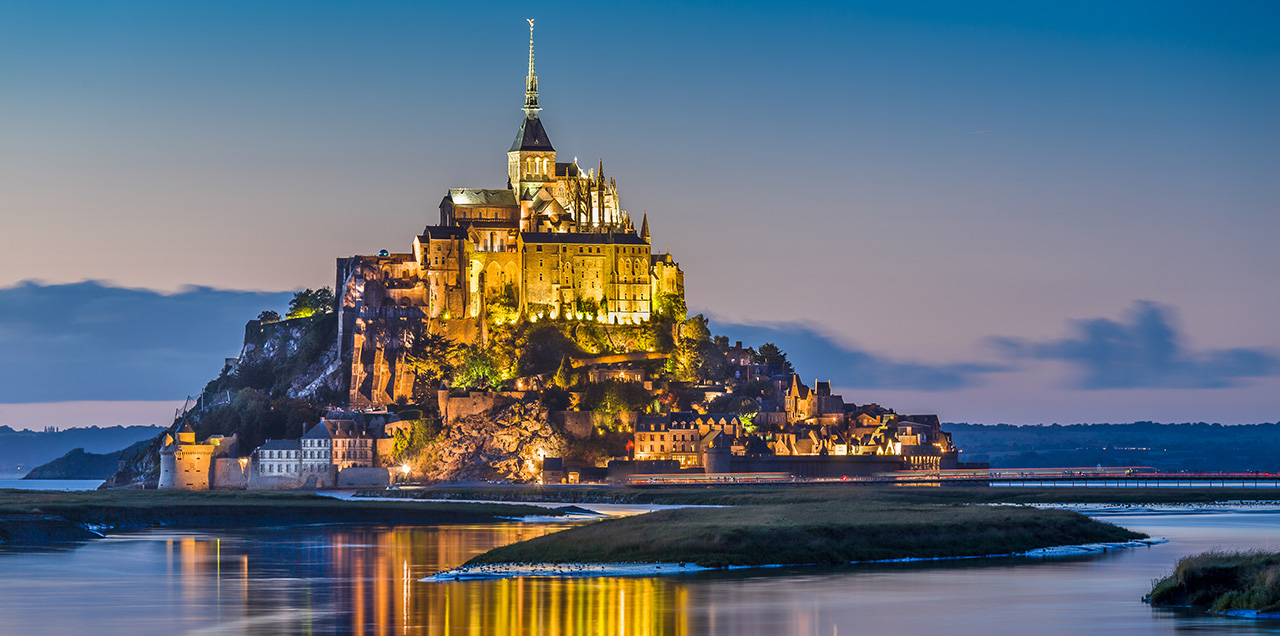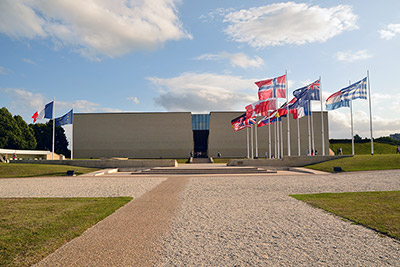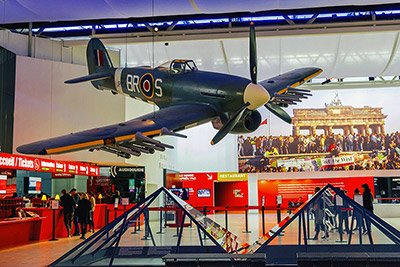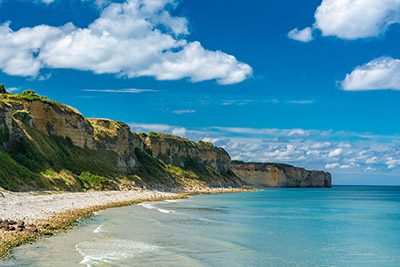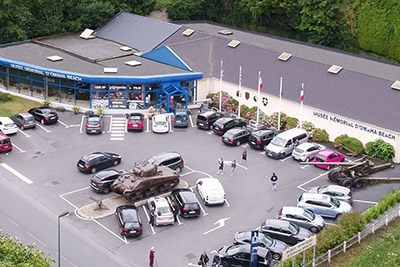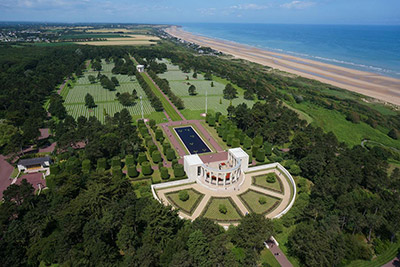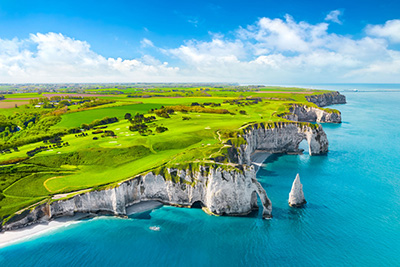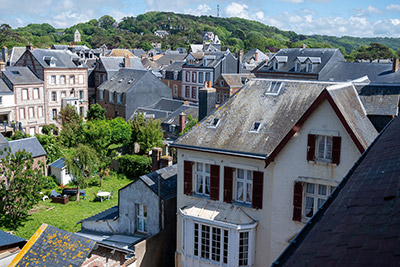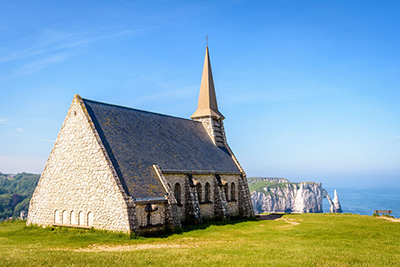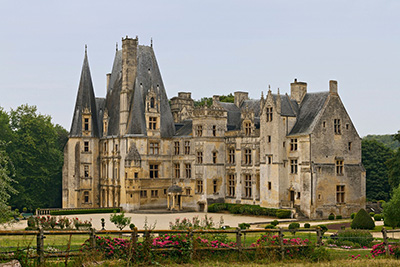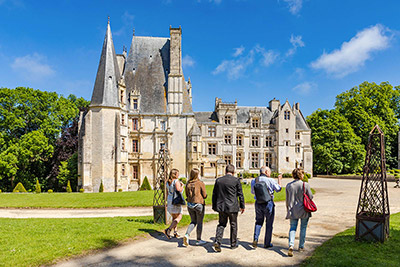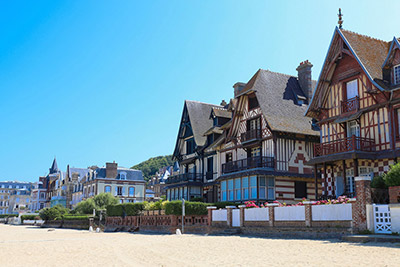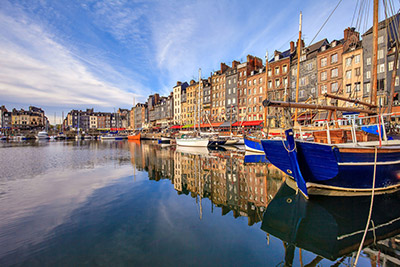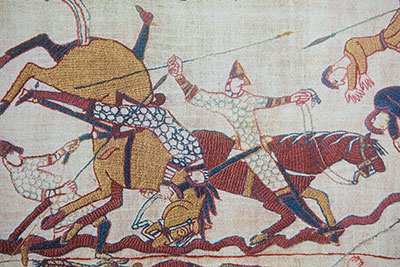Mont Saint-Michel

A tiny island and mainland commune, Mont-Saint-Michel really is tiny, with an estimated population of just 30 living on the island. Despite its size, this island is drenched in history and contains some of the most beautiful attractions and sights in all of France. Laying just a few hundred metres from land, many pilgrims have walked across the silt to Mont-Saint-Michel at low tide for centuries. However, you’ll be glad to know that it is now accessible by a purpose-built bridge.
Mont Saint-Michel in Pictures
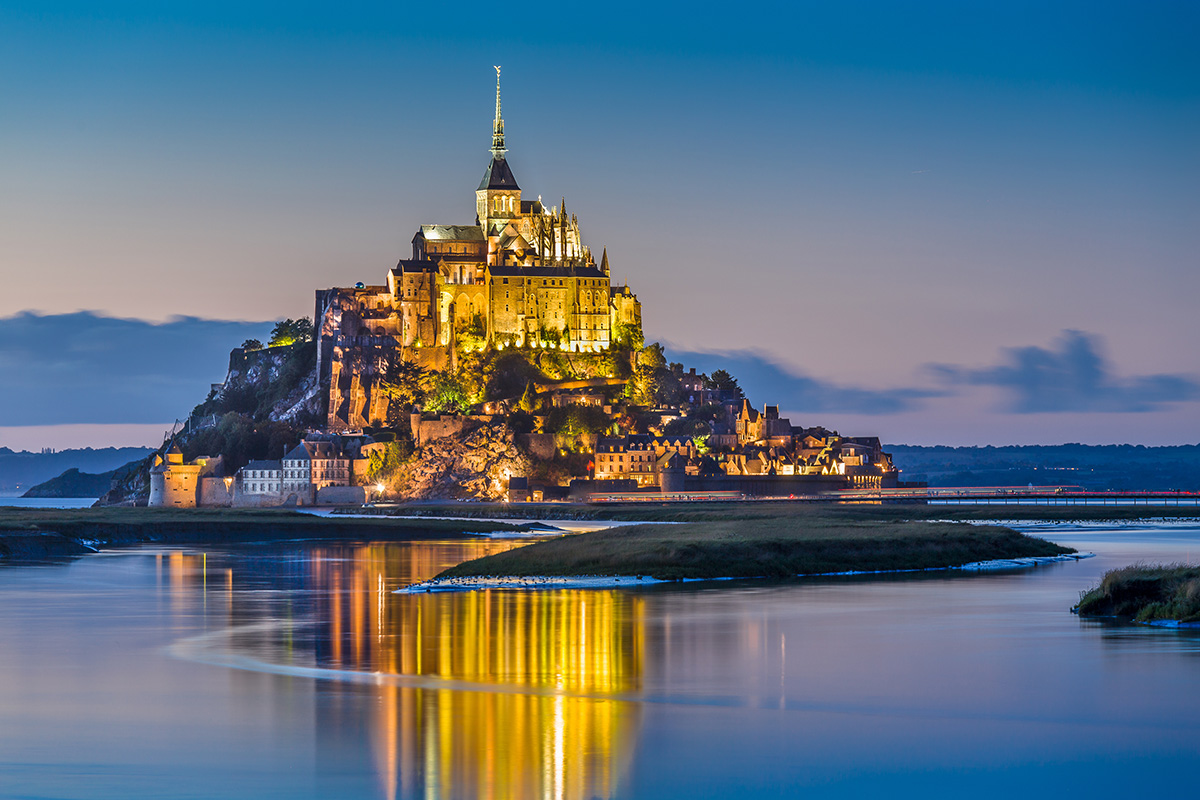
Mont Saint-Michel at Night with High Tide
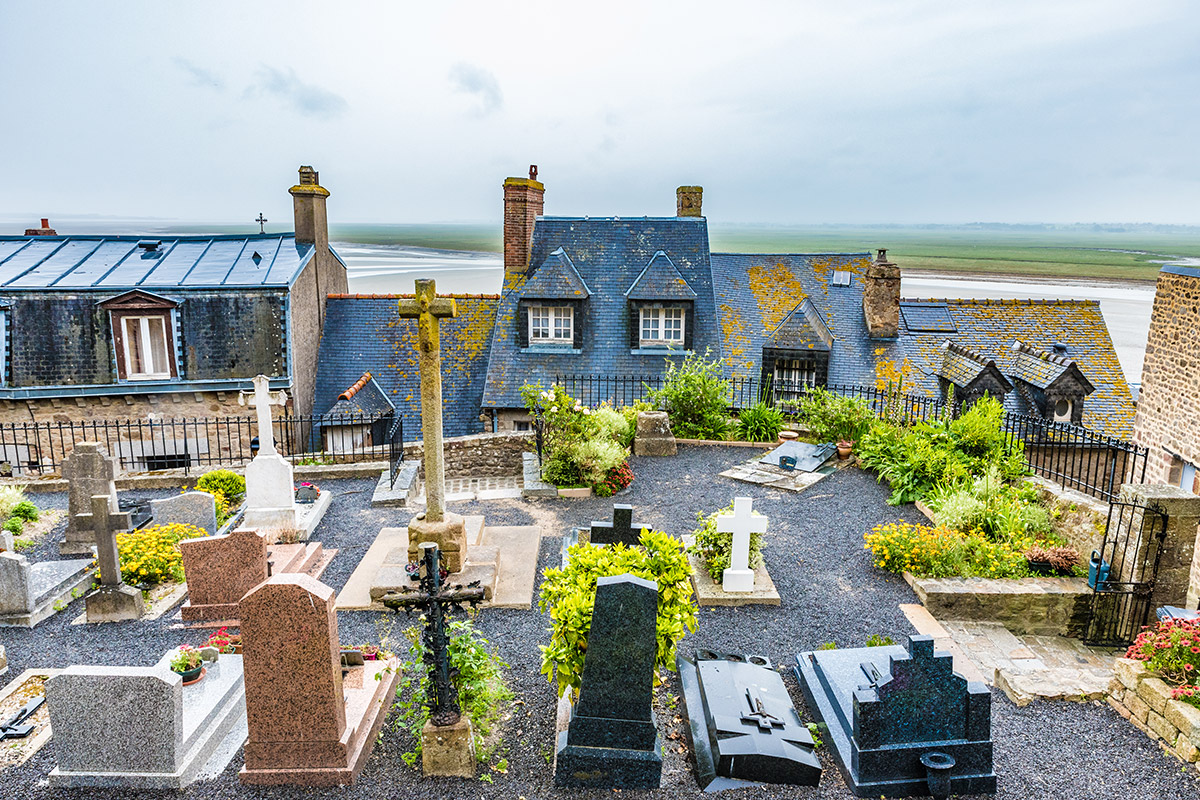
Cemetary at Eglise Paroissiale Saint-Pierre
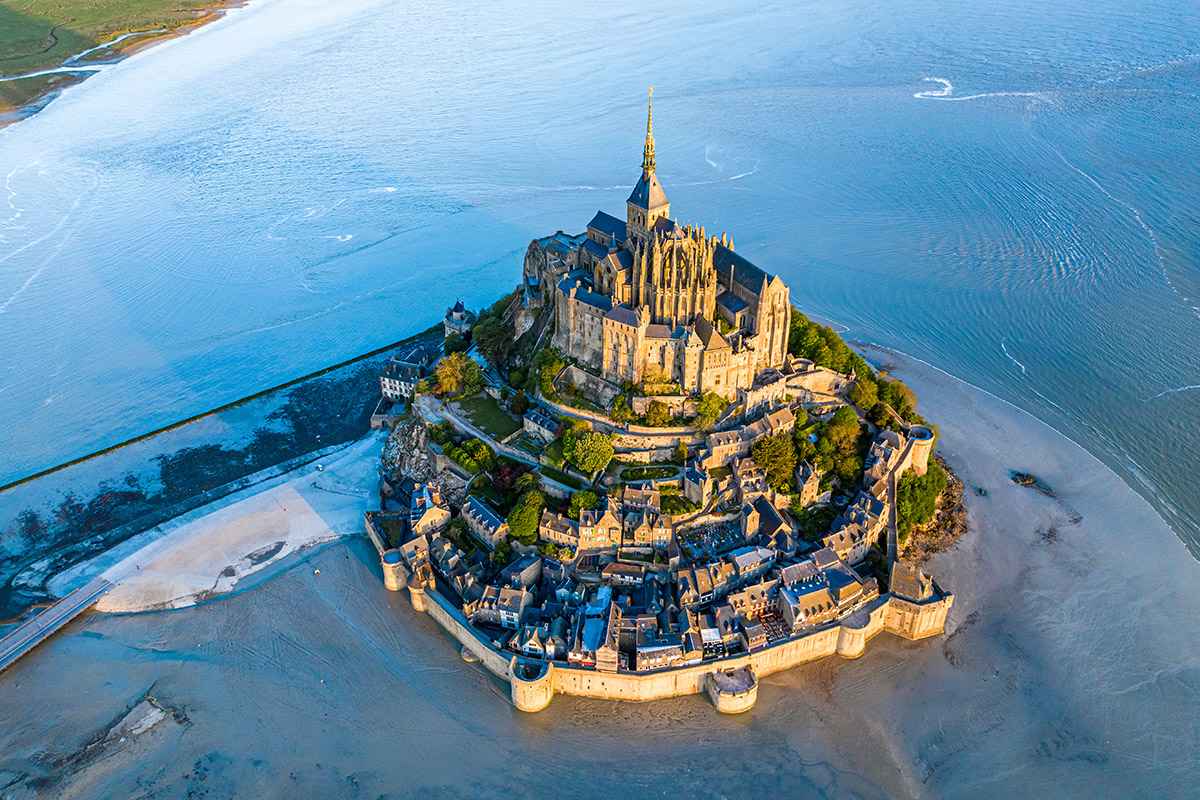
Aerial Shot of Mont Saint-Michel
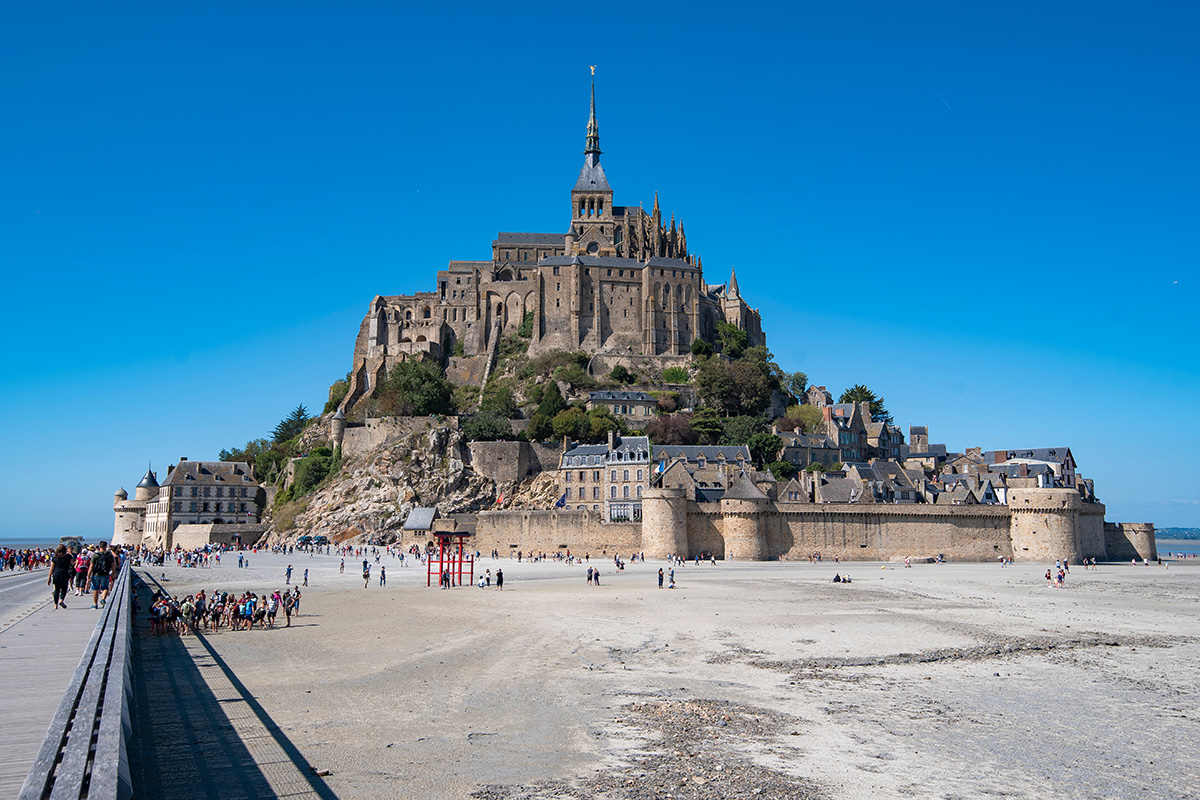
Mont Saint-Michel at Low Tide
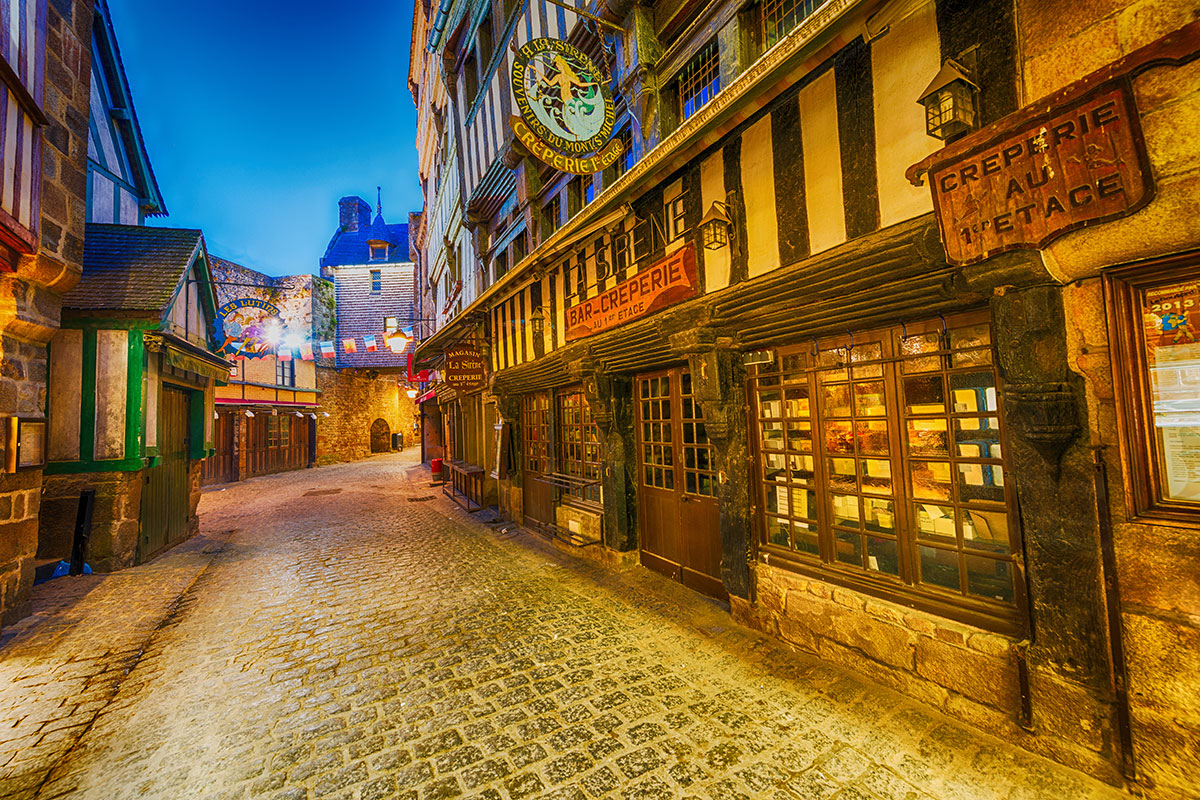
La Grand Rue on Mont Saint-Michel
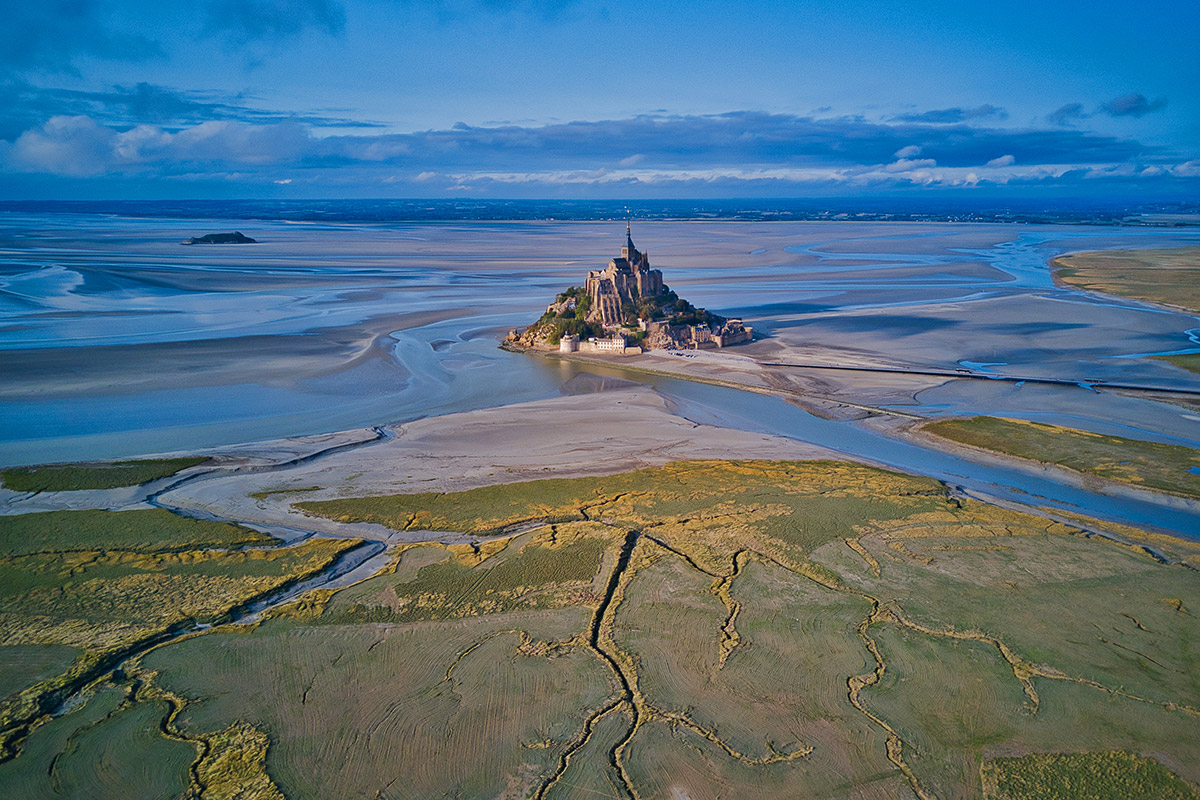
Aerial Shot of Mont Saint-Michel From Far Away
Things to See & Do in Mont Saint-Michel
1. Mont-Saint-Michel Abbey
The Mont-Saint-Michel Abbey, or Abbaye du Mont-Saint-Michel, is what everyone goes to the island to see. The abbey is very impressive, and interestingly has had a monastic presence on the site since as early as the 8th century. We recommend you take the guided tour to learn about the history within the walls. Also, make sure to take some time to really enjoy the views, explore the abbey, and stroll through the beautiful courtyards.
2. Eglise Paroissiale Saint-Pierre
When you are walking up the abbey, why not take a stop off at the Eglise Paroissiale Saint-Pierre, a quaint and peaceful chapel halfway up the mount. This small chapel oozes tranquility and can be a much-needed space to regain a sense of peace away from the large crowds of tourists. For a hidden gem that is even more off the beaten track, check out La Chapelle-Saint-Aubert.
3. La Grande Rue
La Grande Rue is the main street in Mont-Saint-Michel and is something out of a fairy tale or story book. To admire its beauty when it is less crowded by tourists, walk down the street at dusk or during the off-season. It is also very steep, so remember to wear sensible shoes.
Mont Saint-Michel in Video
Caen Memorial Museum

The Caen Memorial Museum is dedicated to the Battle at Normandy and the Normandy Landings, including a war memorial for those who suffered in the Battle for Caen and World War II. Here are some expert insider tips for making the most out of your trip to the Caen Memorial Museum.
Caen Memorial Museum in Pictures
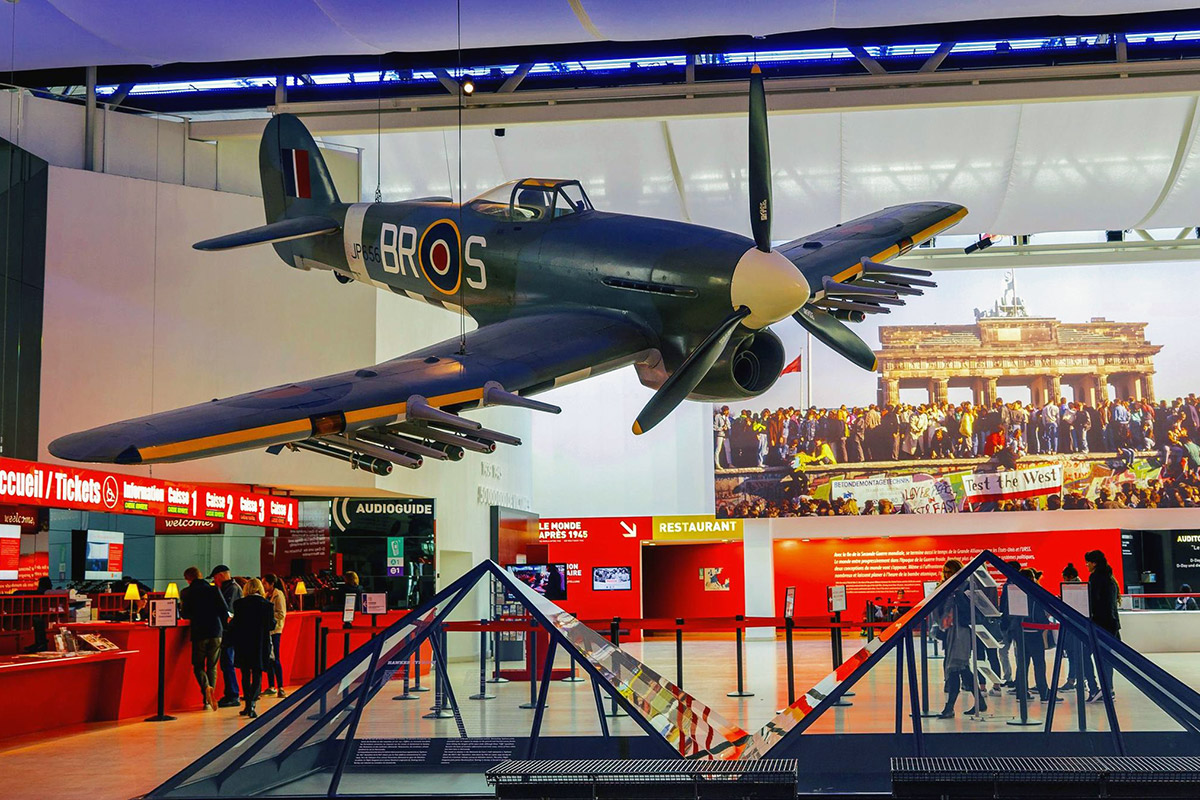
Spitfire in the Caen Memorial Museum
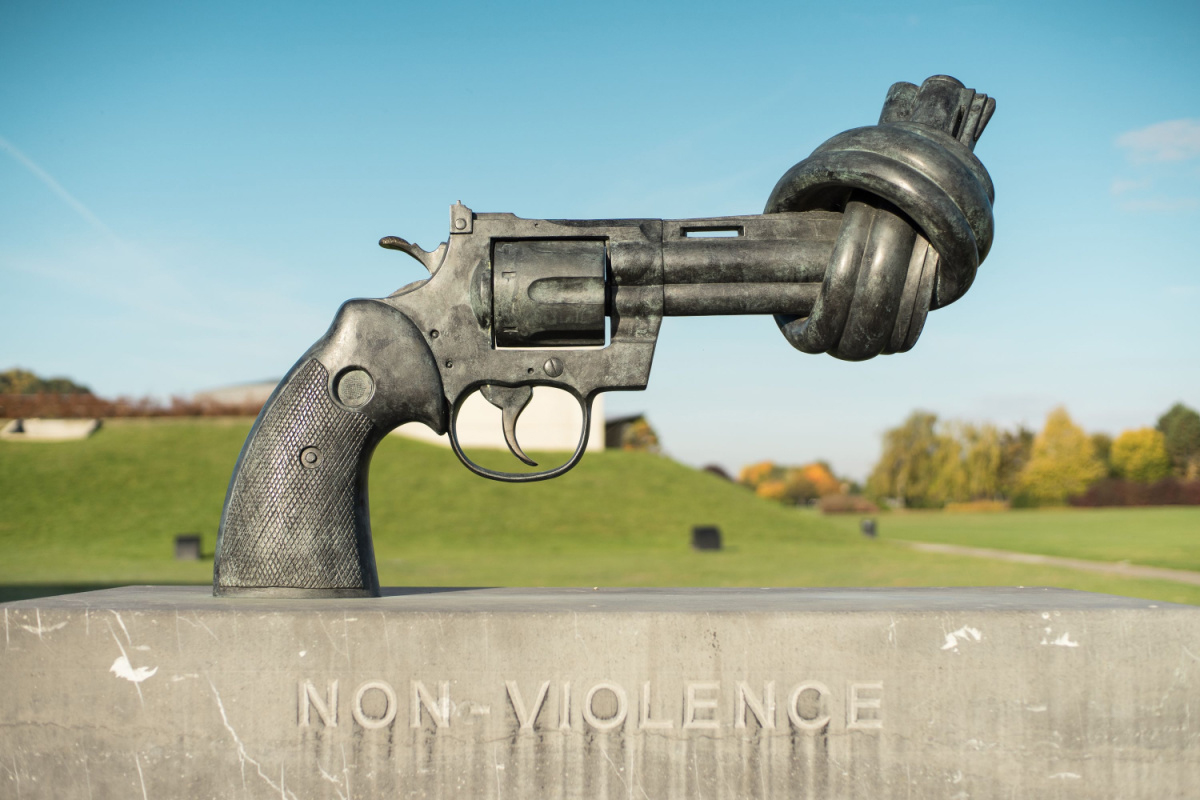
Gun Tied in a Knot Outside The Caen Memorial Museum
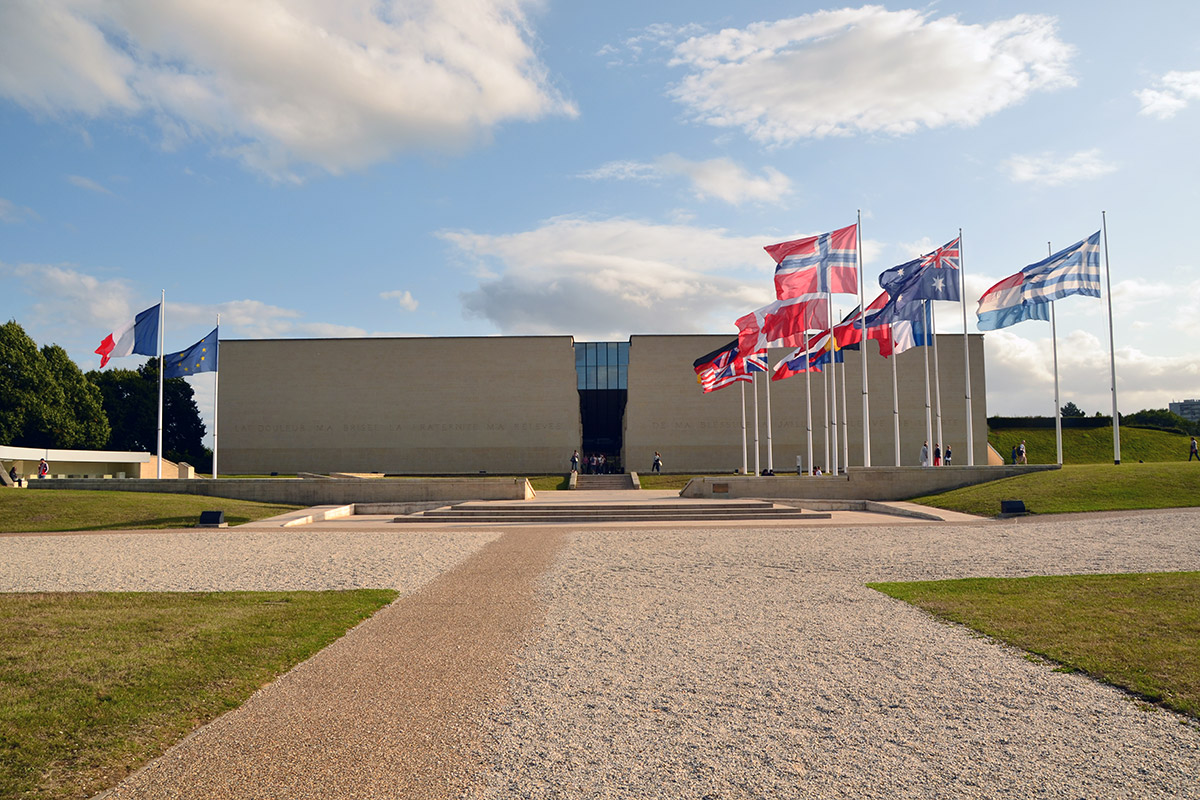
Outside the Caen Memorial Museum
Tips for Visiting the Caen Memorial Museum
1. Start your D-Day Sightseeing Tour Here
Caen Memorial Museum is often considered the best place to start any D-Day sightseeing tour. However, this means that it can often be very busy with tourist groups in the morning. Even when it is busy you should not expect to queue for longer than around half an hour, although it can become quite crowded inside.
2. When To Visit (and when to avoid)?
If you wish to avoid the crowds or are not doing a full D-Day sightseeing tour, it gets much quieter in the afternoon, especially after 3pm. As tourist groups are more prevalent during the week, it is also best to visit on a weekend to avoid large crowds. The busiest times of the year are usually in summer, but there are also lots of school trips around May. Check school vacation times to prepare for how crowded the museum might be at that time of year before visiting.
Caen Memorial Museum in Video
Omaha D-Day Landing Beach and Museum

Omaha Beach is the location of one of the most amazing battles in World War II. Sadly, it was also the site that faced one of the largest numbers of casualties. In 1944, American, Canadian, English, and French troops landed on the beach as part of Operation Overlord. Visiting Omaha Beach can be an emotional yet once-in-a-lifetime experience that is drenched in history.
Omaha D-Day Landing Beach and Museum in Pictures
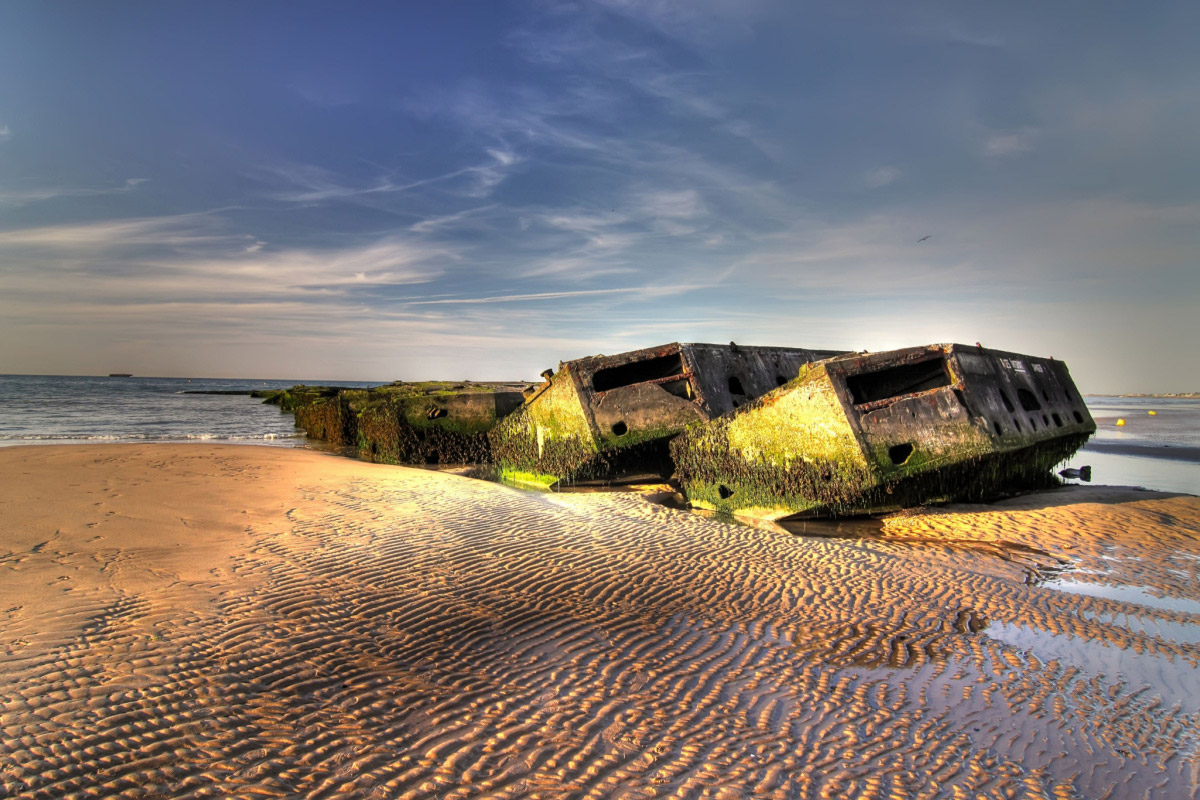
D-Day Equipment on Normandy Beach
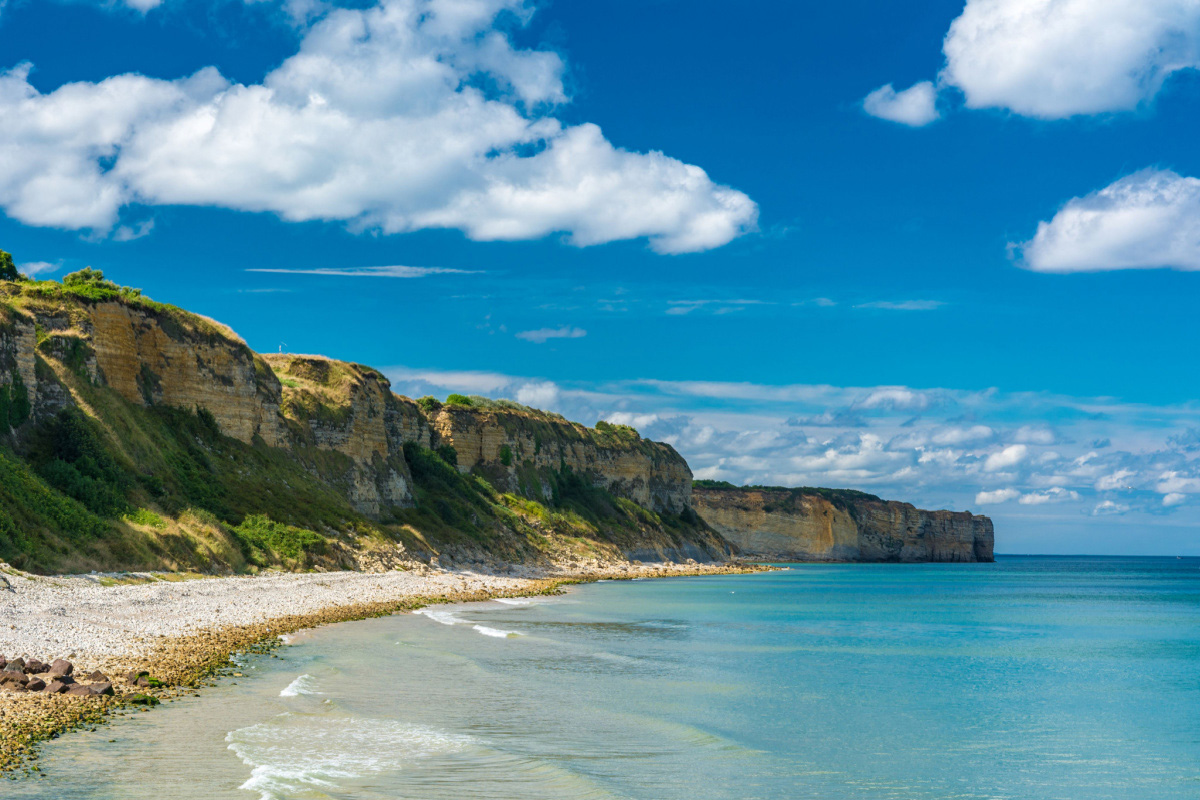
Cliffs Along Omaha Beach
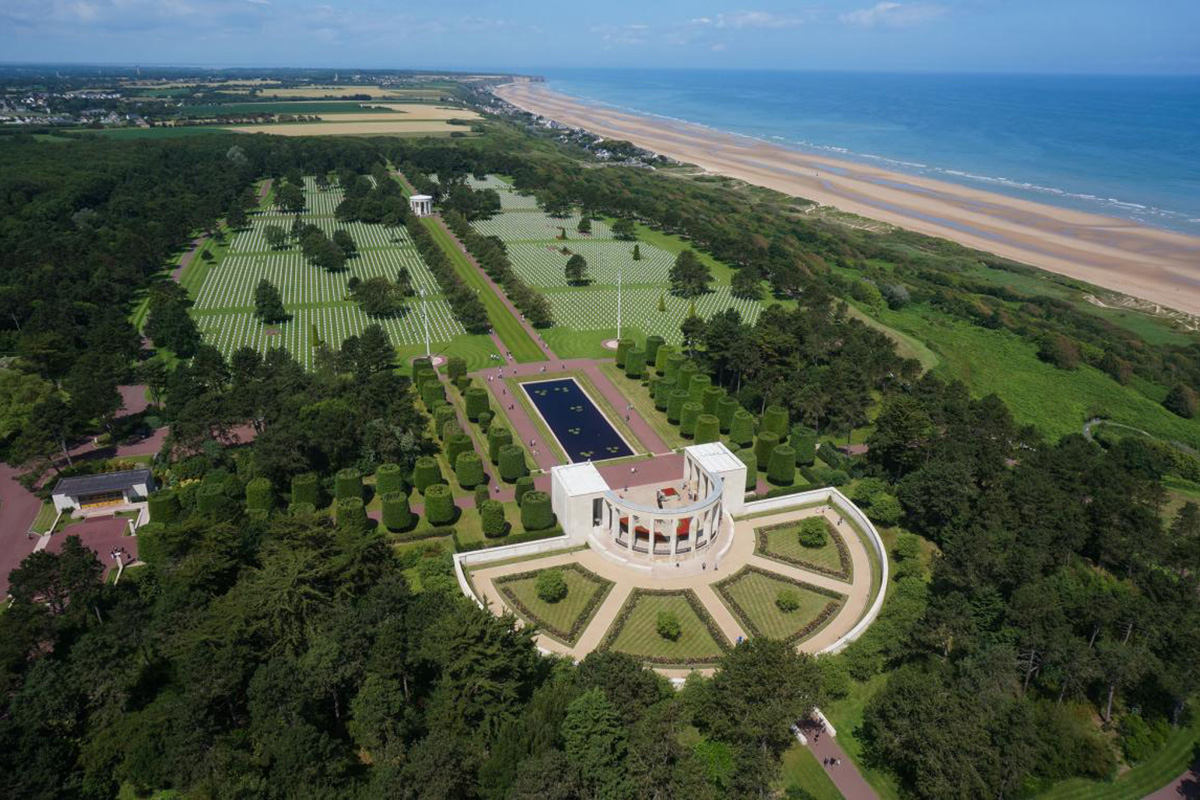
Aerial Shot of American Cemetery, Normandy France
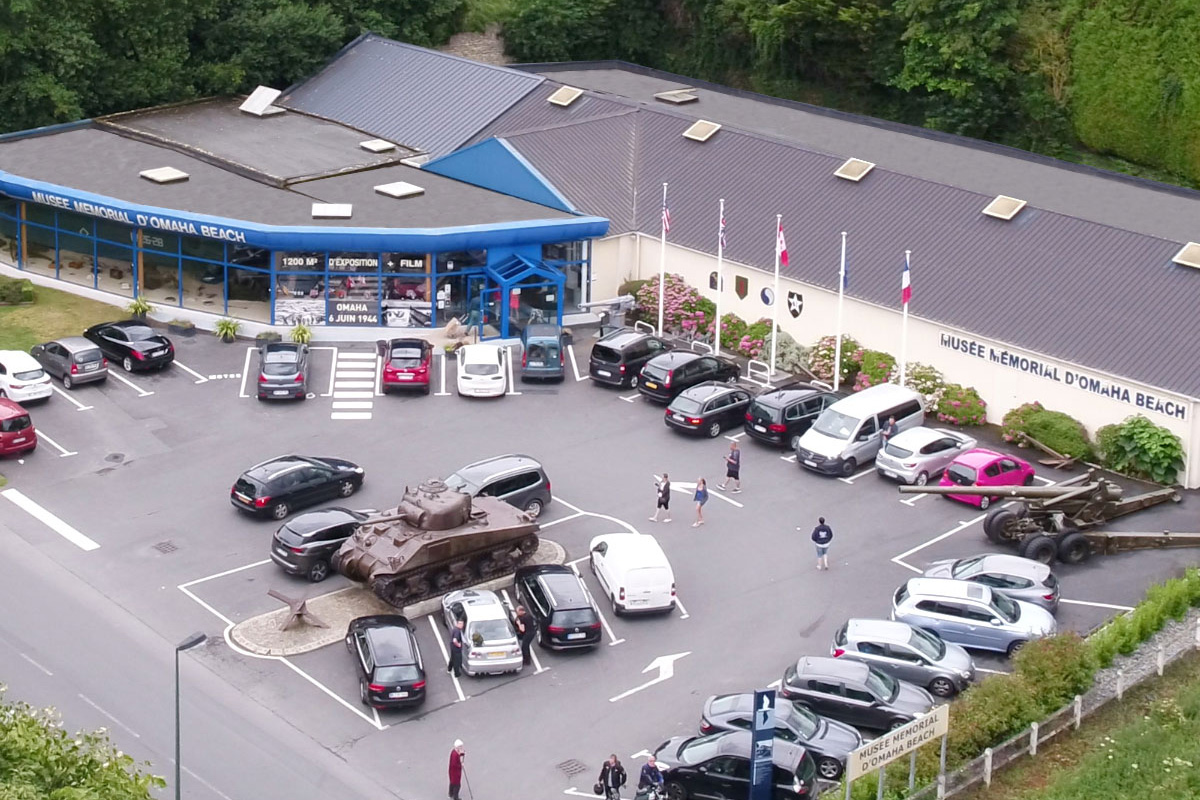
Aerial View of Omaha Beach Memorial Museum
Things to See & Do at Omaha D-Day Landing Beach and Museum
1. Omaha Beach
Visit the beach itself, which is dotted with the remains of German bunkers. On the shore you will find an imposing sculpture aptly called ‘The Brave’, which was created to honour the courage and sacrifice of those who faced danger during the war.
2. Omaha Beach Memorial Museum
The front of this museum blends into the horizon of the beach with an infinity pool, becoming an extension of the beach itself, that allows you to immerse yourself and reflect on its history. Omaha Beach Memorial Museum has an impressive display of military uniforms, vehicles, and objects from WWII. Much of the collection will leave you to ponder the effects and sufferings of the fighting, the most poignant being a well-loved teddy bear that was owned by a child caught up in the war.
3. Pay your respects at the Normandy American Cemetery
Above Omaha Beach you will find the Normandy American Cemetery, which lays rest to almost 10,000 American soldiers who lost their lives in the battle for Normandy. Take your time to reflect on the graves and pay your respects before winding down to the beach to imagine how courageous they must have been.
Omaha D-Day Landing Beach and Museum in Video
Étretat

Étretat is one of Normandy’s most picturesque coastal towns, known for its chalk cliffs and representation in many famous pieces of art over the years. Whether you prefer the popular sandy beaches or hidden gems, Étretat has something for everyone.
Étretat in Pictures
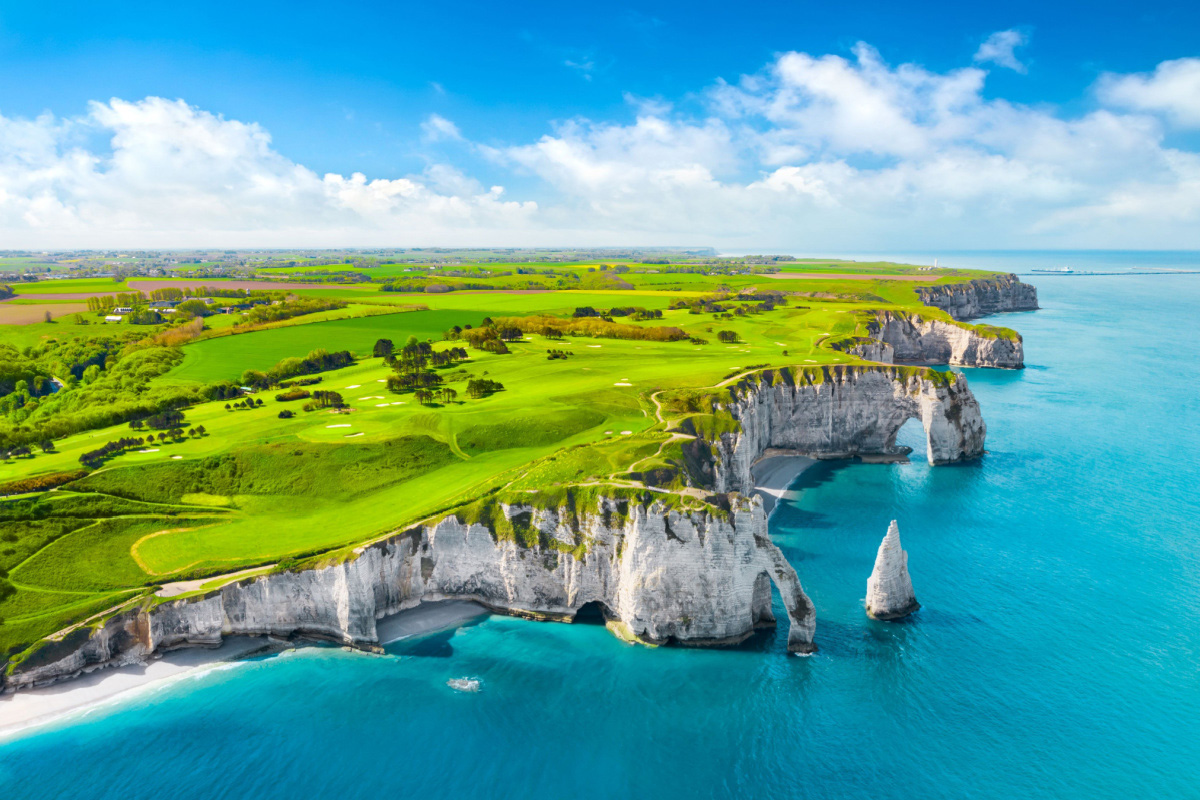
Aerial View of the Étretat Coastline
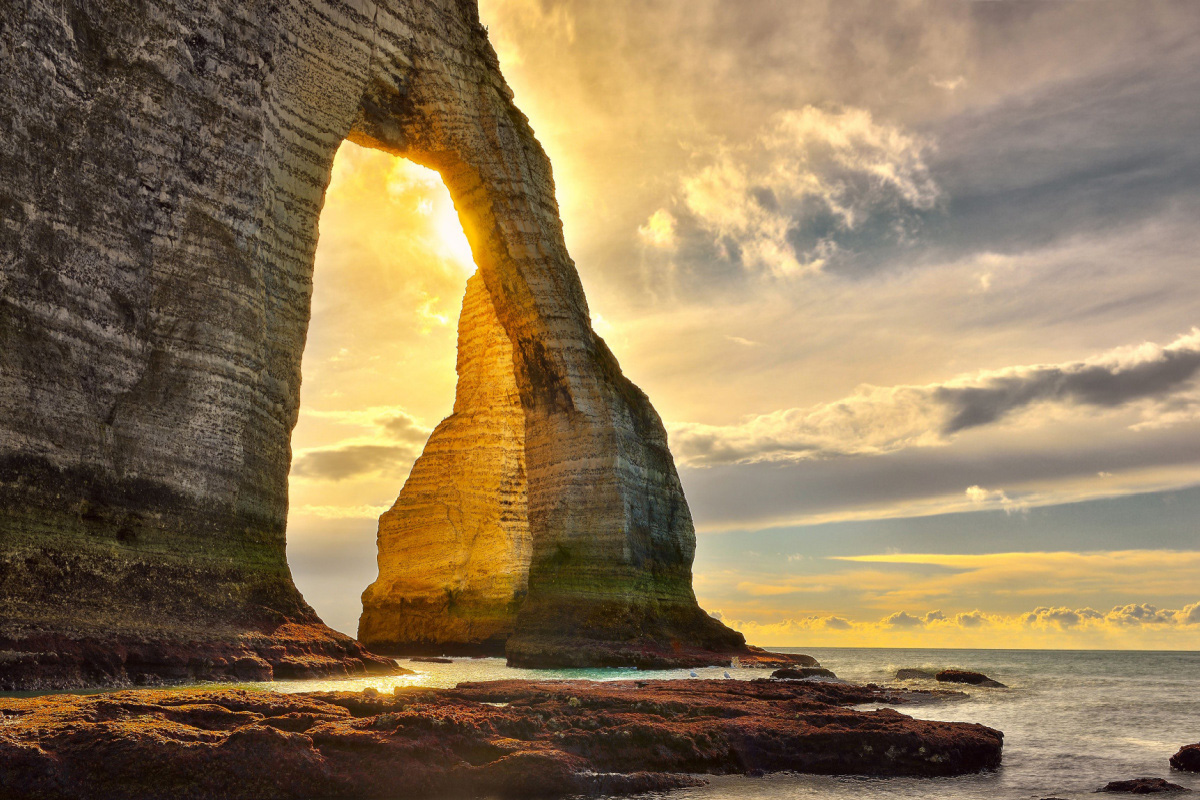
Closeup of Natural Rock Arch near Étretat
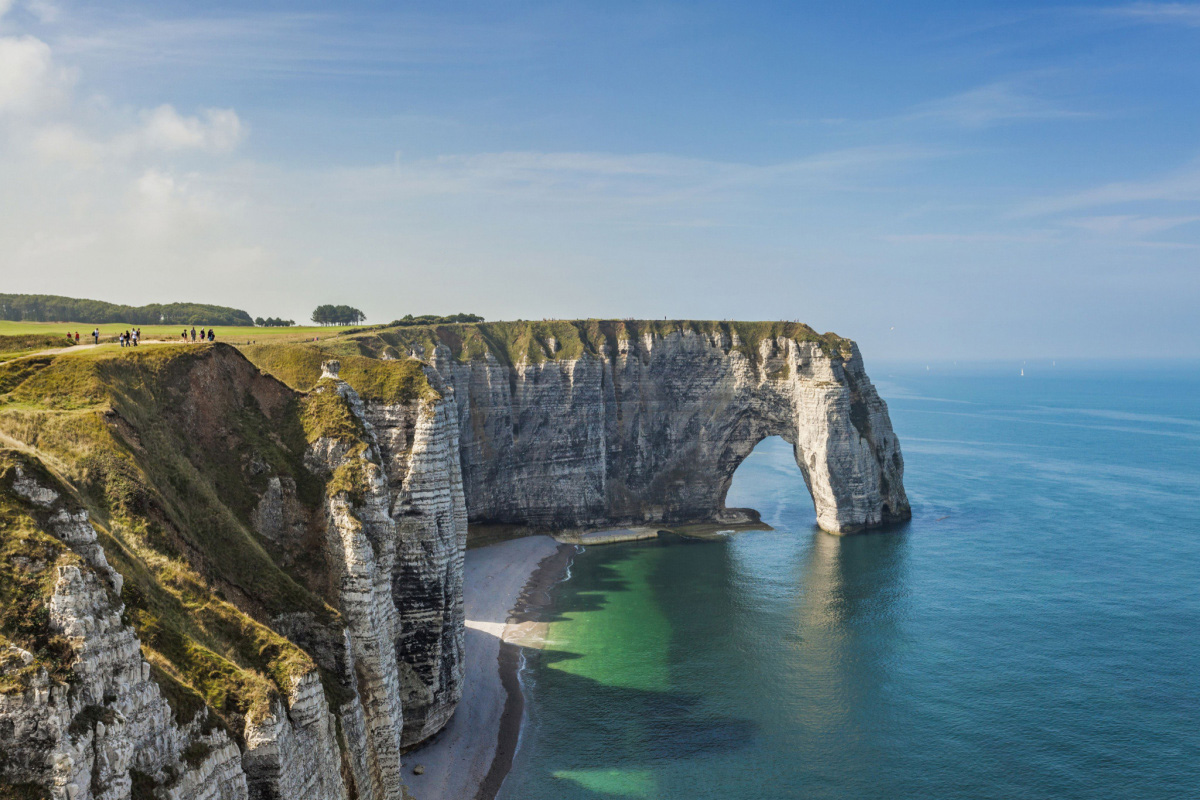
The Stunning Coastline near Étretat in Normandy Étretat
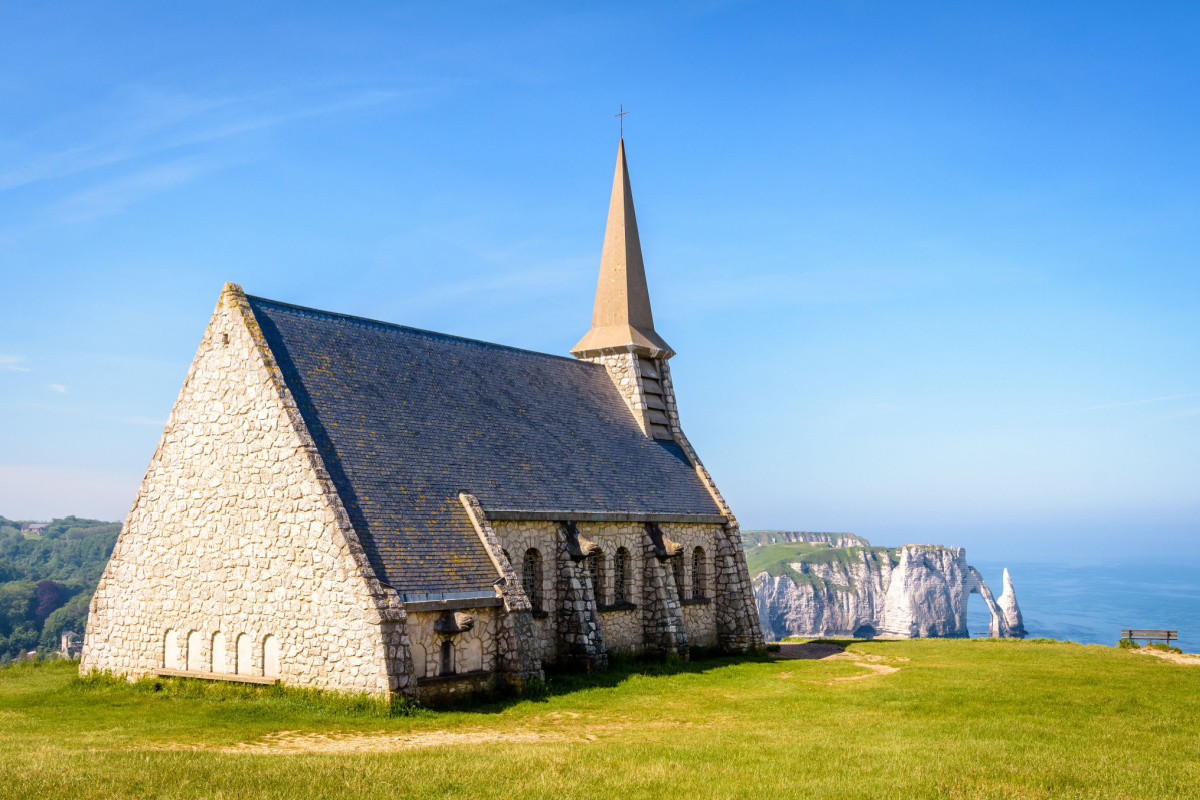
Notre Dame de la Garde on near Étretat
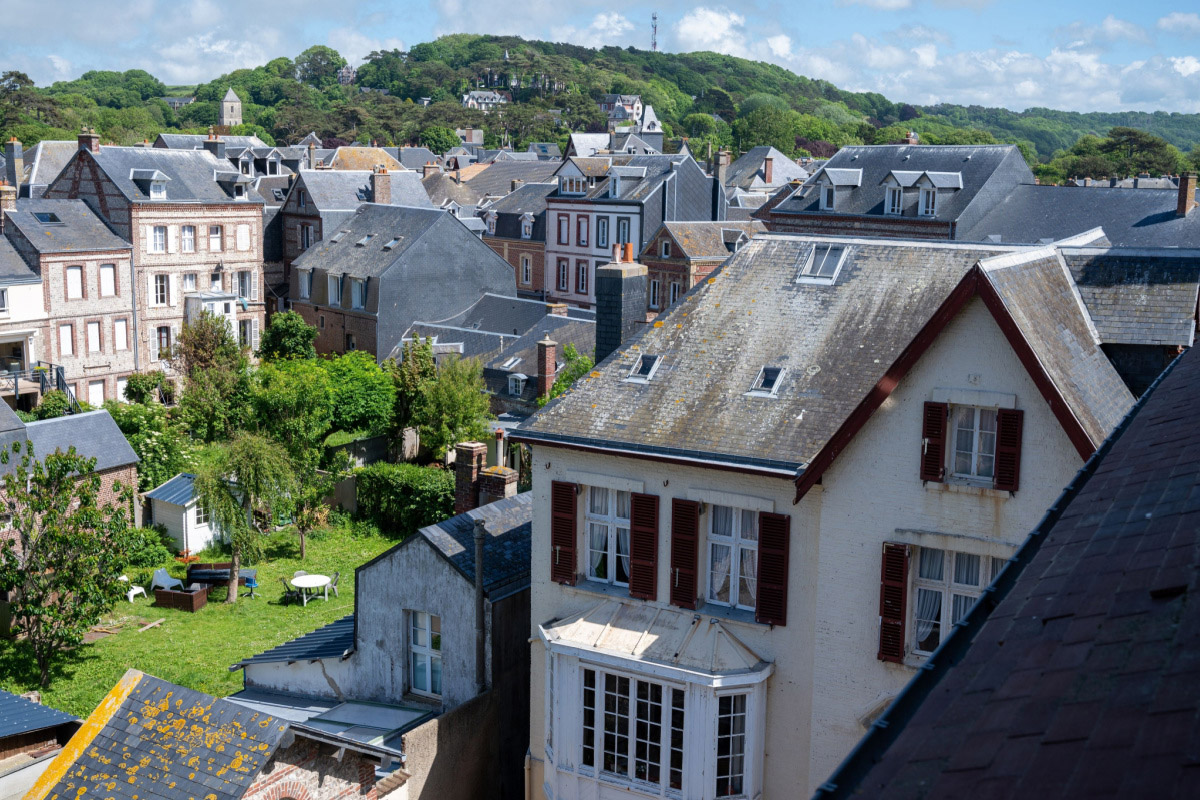
Étretat Anglo-Norman Old Town
Things to See & Do in Étretat
1. Étretat Cliffs
The impressive, grand, white, chalky cliffs in Étretat make for some of the most magical views. Its cliffs include three naturally formed arches and a pointed formation known as L’Aiguille, or the Needle. The Needle rises 230ft above the sea, and some of the cliffs are as high as 300ft. There is no wonder why this area has inspired many famous artists, including as many as 80 works by Claude Monet.
2. Anglo-Norman Old Town
The Old Town in Étretat is the perfect place to explore while taking a leisurely stroll and can be a nice place of solace when the beaches are very crowded. The Old Town has some fantastic examples of Anglo-Norman half-timbered houses and architecture, some of which have intricate wooden decorations on their roofs, pillars, and beams.
3. Notre Dame de la Garde
For the best views of Étretat, climb to the Notre Dame de la Garde chapel. Though this chapel is relatively new, dating from 1950, it replaces a seafarers’ chapel that was destroyed by WWII in 1942. From here you will get unrivalled views of the chalk cliffs.
Château de Fontaine-Henry

The Château de Fontaine-Henry is a stunning Renaissance property that has been passed down in the same family for over 800 years. With one of the highest castle roofs in France, the magnificent wonder of the Château de Fontaine-Henry is an awe-inspiring sight to behold.
Château de Fontaine-Henry in Pictures
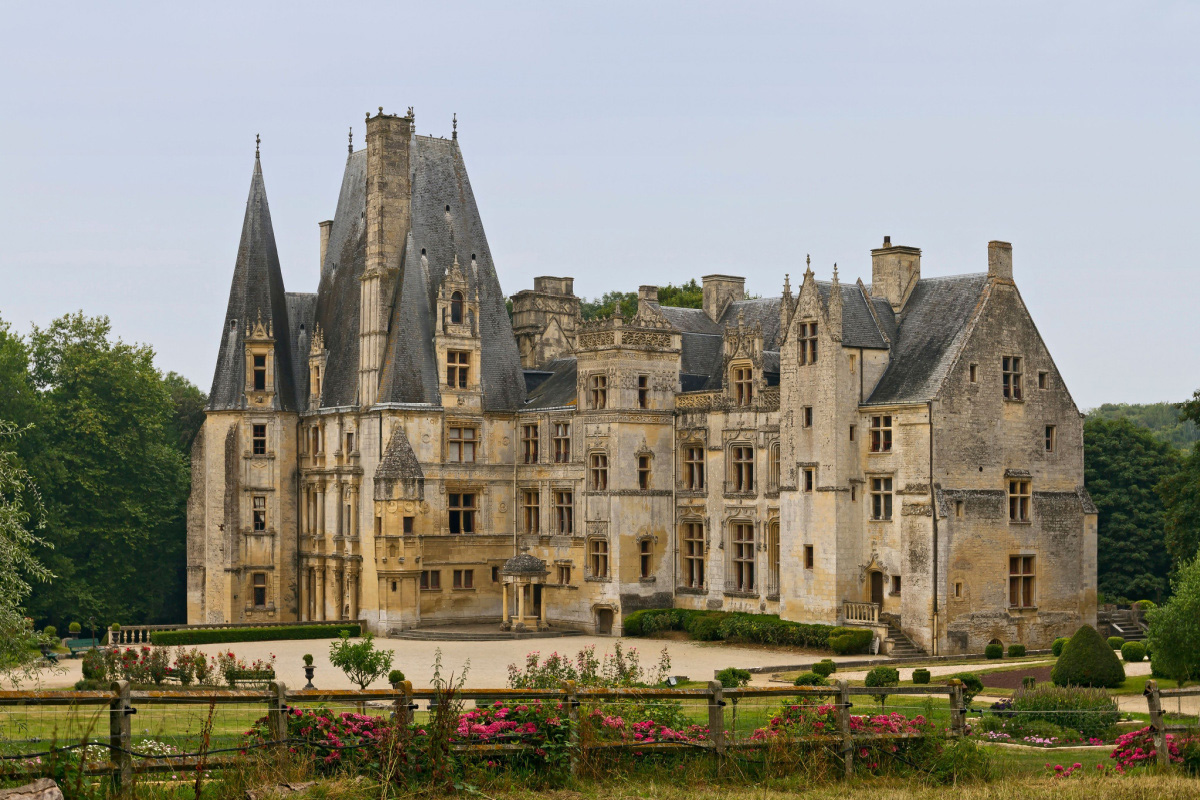
Château de Fontaine-Henry
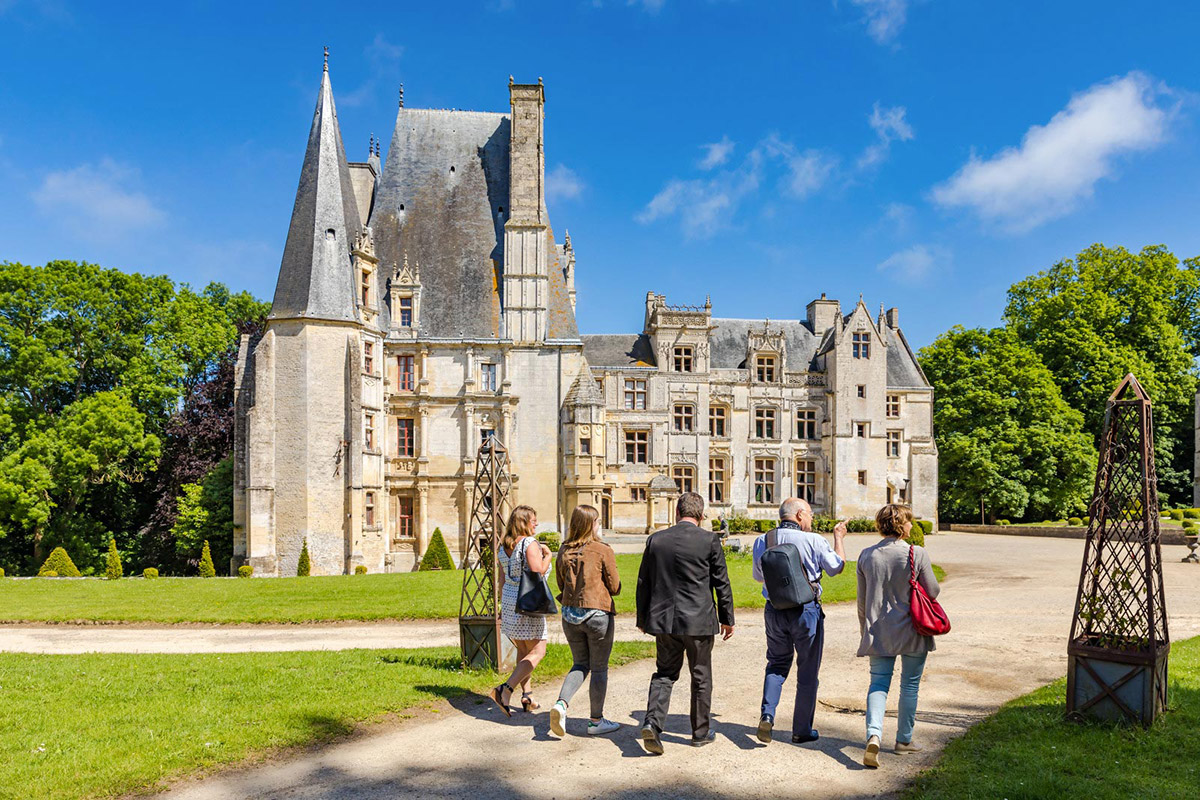
Tour of Château de Fontaine-Henry
Things to See & Do at Château de Fontaine-Henry
1. Play an Old Game
The grounds of the Château de Fontaine-Henry boast around thirty old games that are installed for the public to use. If you are feeling a bit more daring, attempt to escape or simply stroll around the human-sized labyrinth. Whilst in the grounds, take a moment to admire the richly sculpted façade of the château.
2. Take a Guided Tour
The interior of the Château de Fontaine-Henry can only be visited on a guided tour, which lasts for approximately 45 minutes to 1 hour and a half. The tour will take you through the lounges on the ground-floor, to the fine furniture and antique paintings of the upper floors, and also include a visit to the seigniorial chapel from the 13th and 16th centuries.
Château de Fontaine-Henry in Video
Côte Fleurie

The Côte Fleurie, or ‘Flowery Coast’ is a 25 mile stretch of coastline forming the Lower Normandy coast that runs between Merville-Franceville-Plage and Honfleur along the English Channel. The Côte Fleurie also includes the Côte de Grace and Dives-sur-Mer. This coastline has a number of long sandy beaches, imposing cliffs, and flowering countryside.
Côte Fleurie in Pictures
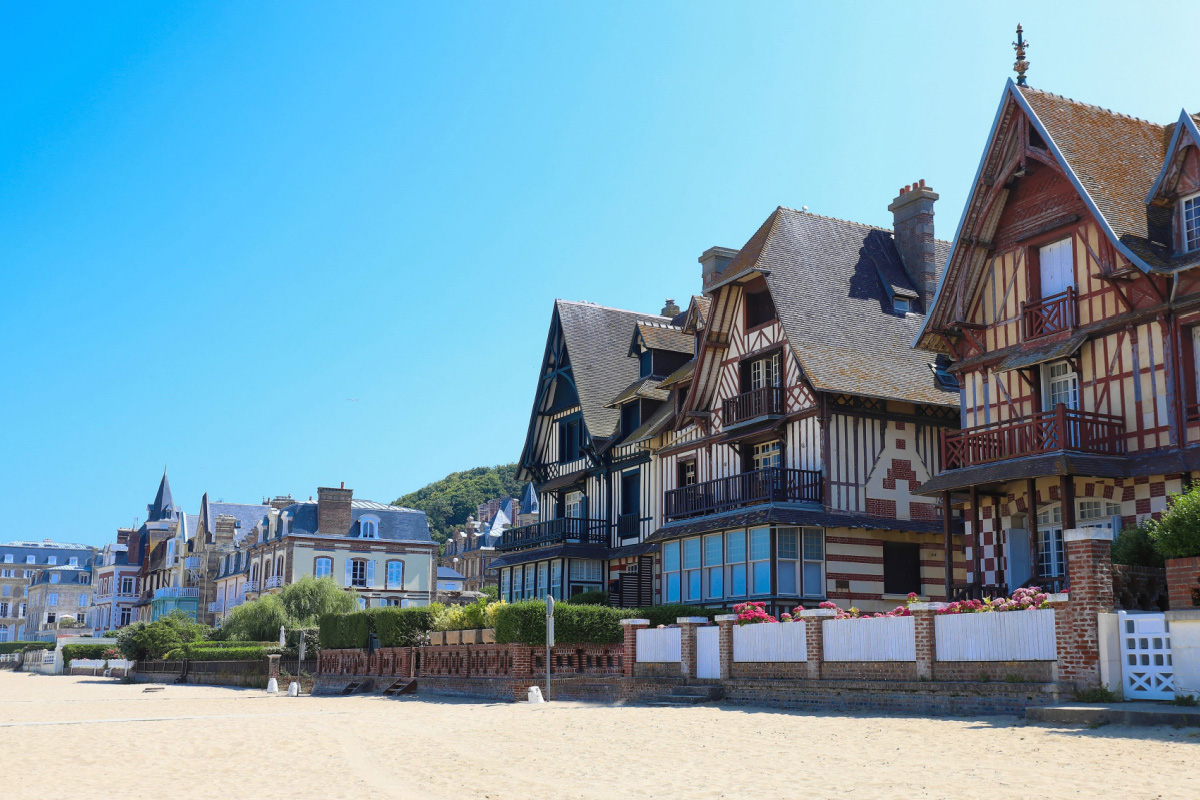
Traditional Homes on Deauville Beach
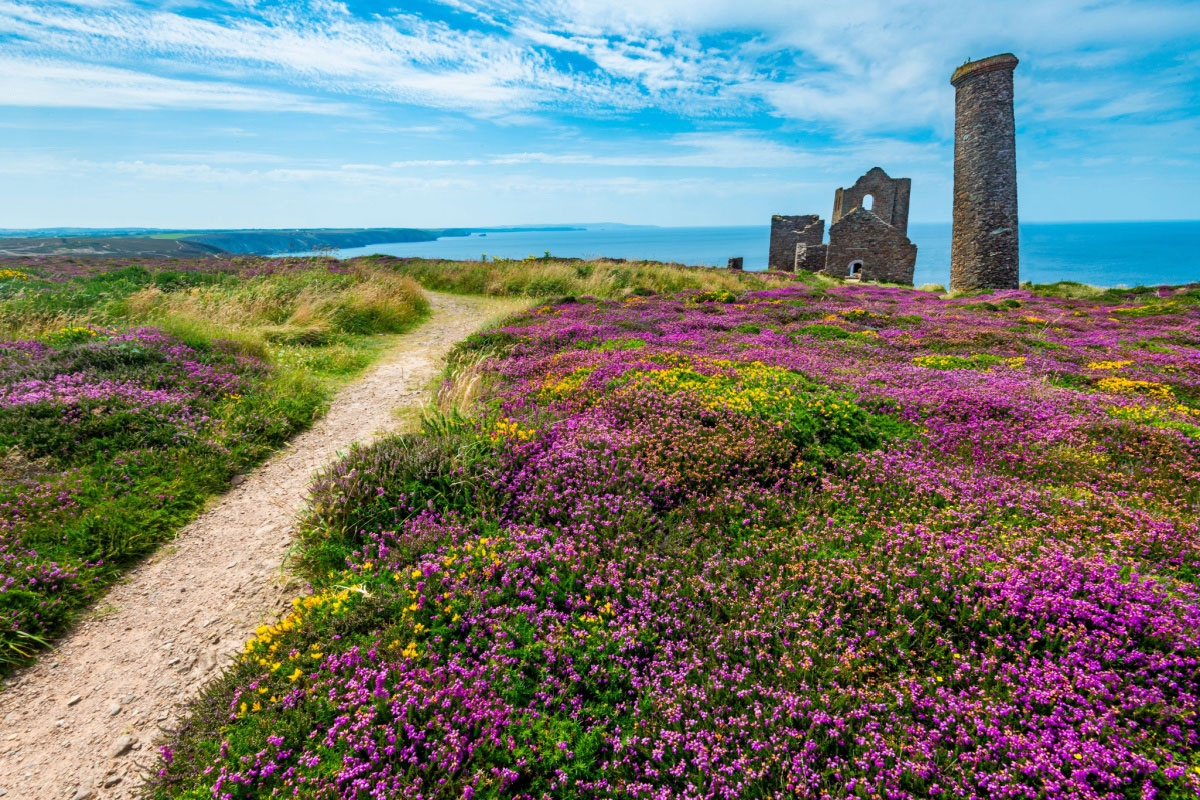
Flowered Coastline of Côte Fleurie
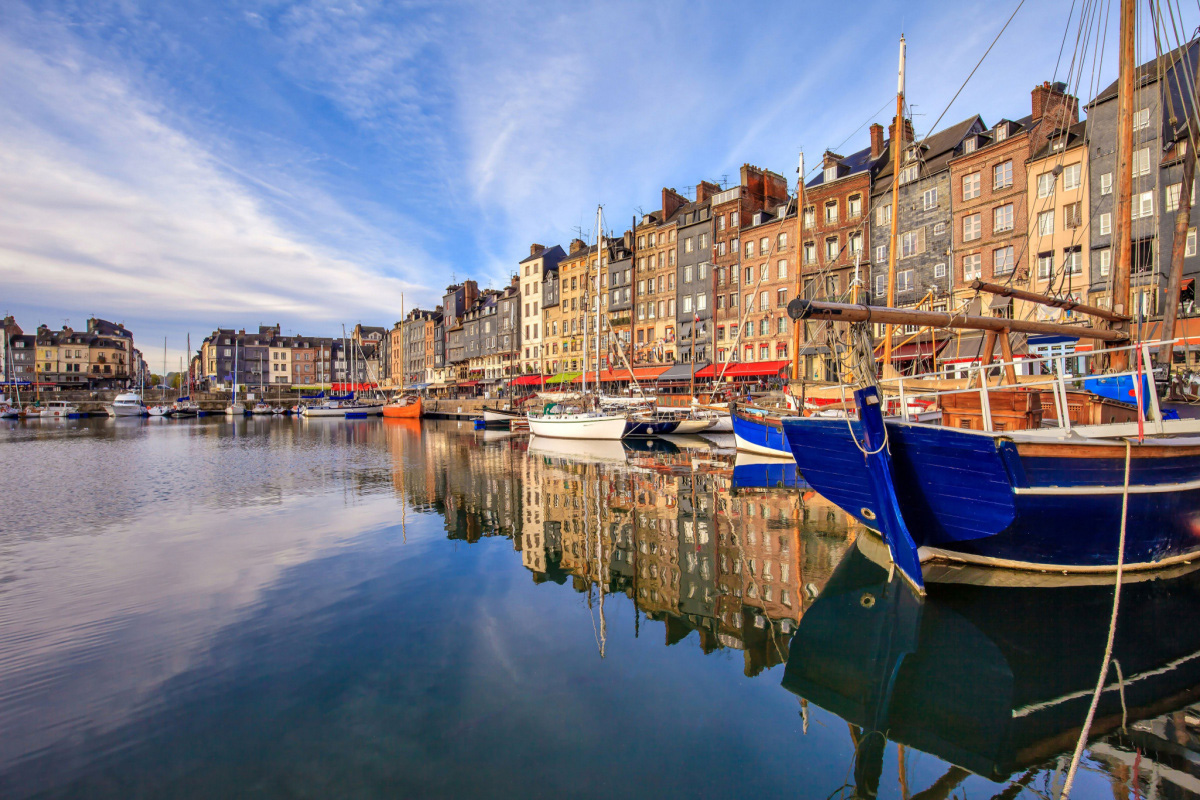
Honfleur Harbor in Normandy France
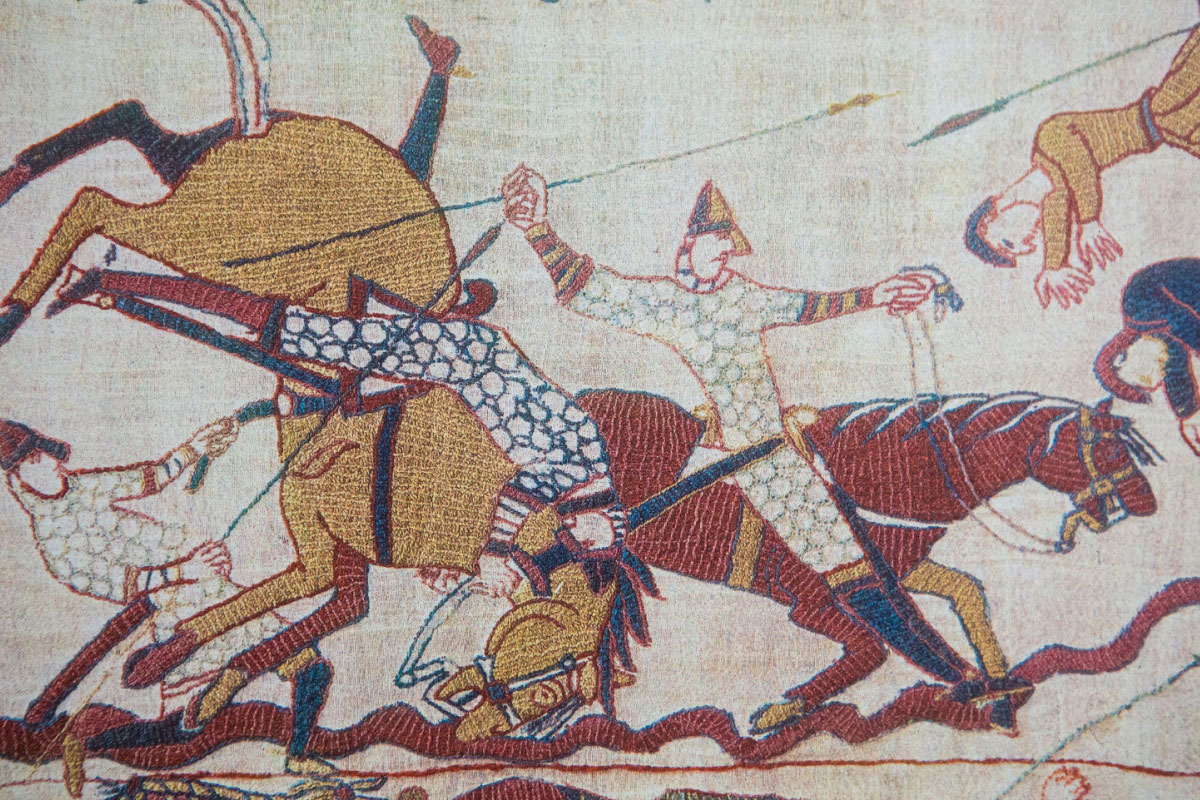
Section of the Bayeux Tapestry
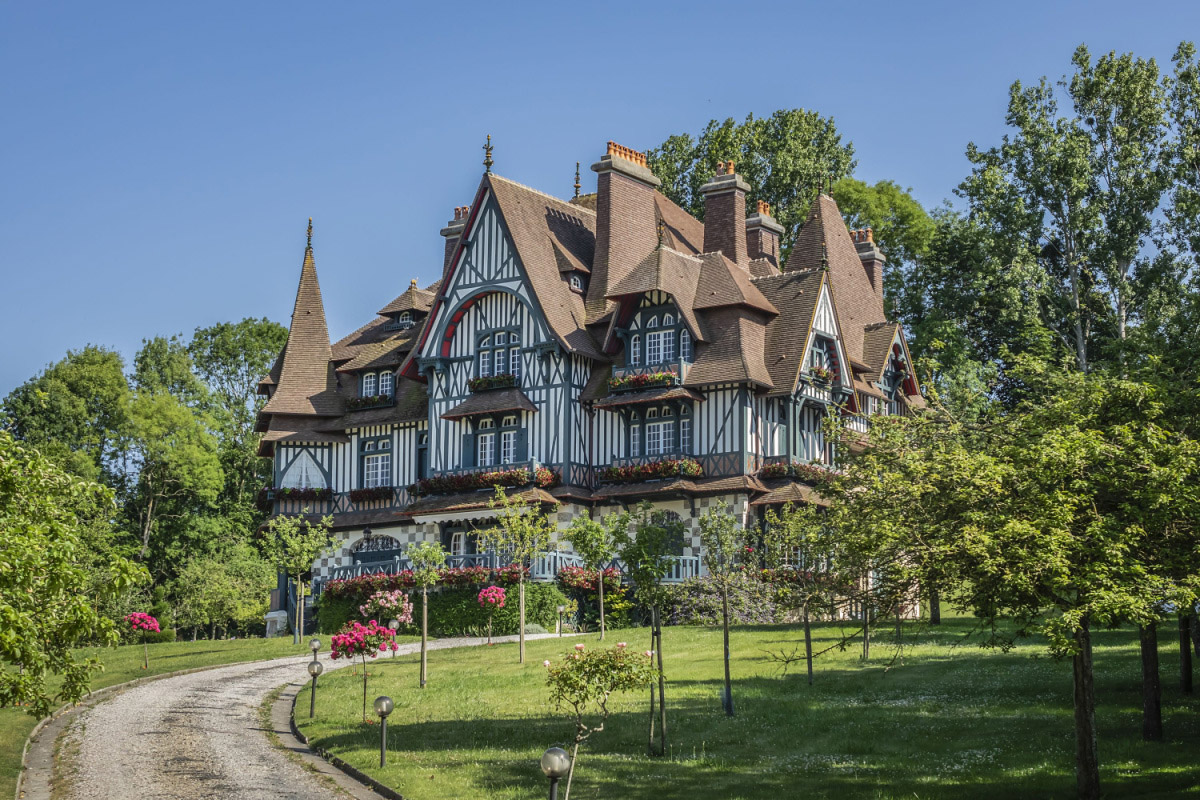
Villa Strassburger, Deauville, France
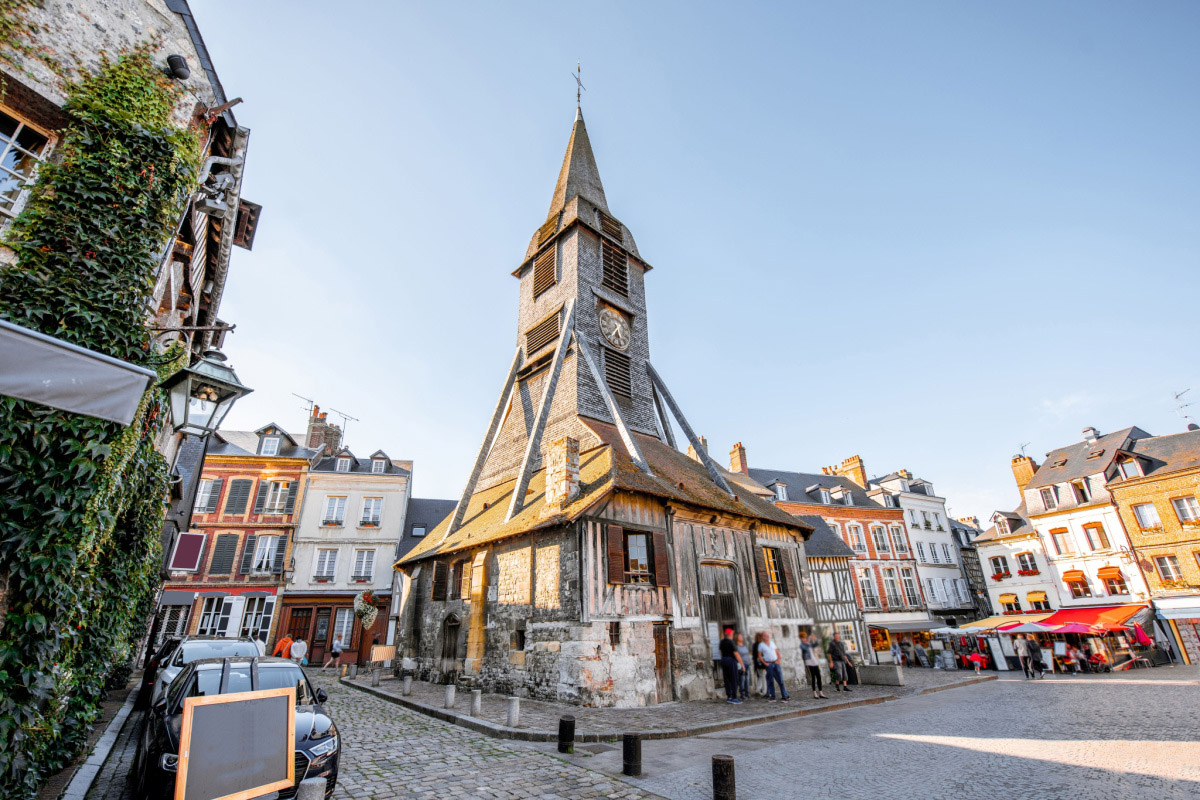
Saint Catherine Church, Honfleur, France
Things to See & Do along the Côte Fleurie
1. Deauville
Deauville is the closest seaside resort to Paris and so rose to prominence as a fashionable holiday resort for the international upper class. To this day it hosts glamorous events such as polo matches, horse racing and the Deauville American Film Festival, as well as being home to two world-class golf courses and many high-end hotels. Don’t miss the famous wooden boardwalk and seawater swimming pool.
2. Honfleur
In contrast to the prestigious Deauville is the rustic and authentic seaport of Honfleur, with picturesque streets and colorful cafes. The old harbour at the heart of Honfleur, Vieux Bassin, is particularly well known for its iconic narrow, tall, colorful timber-framed houses.
3. The Musée de las Tapisserie de Bayeux
The main attraction of the Musée de las Tapisserie de Bayeux is of course the 230 feet long Bayeux Tapestry, but there is much more to the museum, too. It really is a must-see attraction along the Côte Fleurie. The museum is usually closed during January every year so double check the opening hours before planning your visit.
Bayeux near Côte Fleurie in Video

